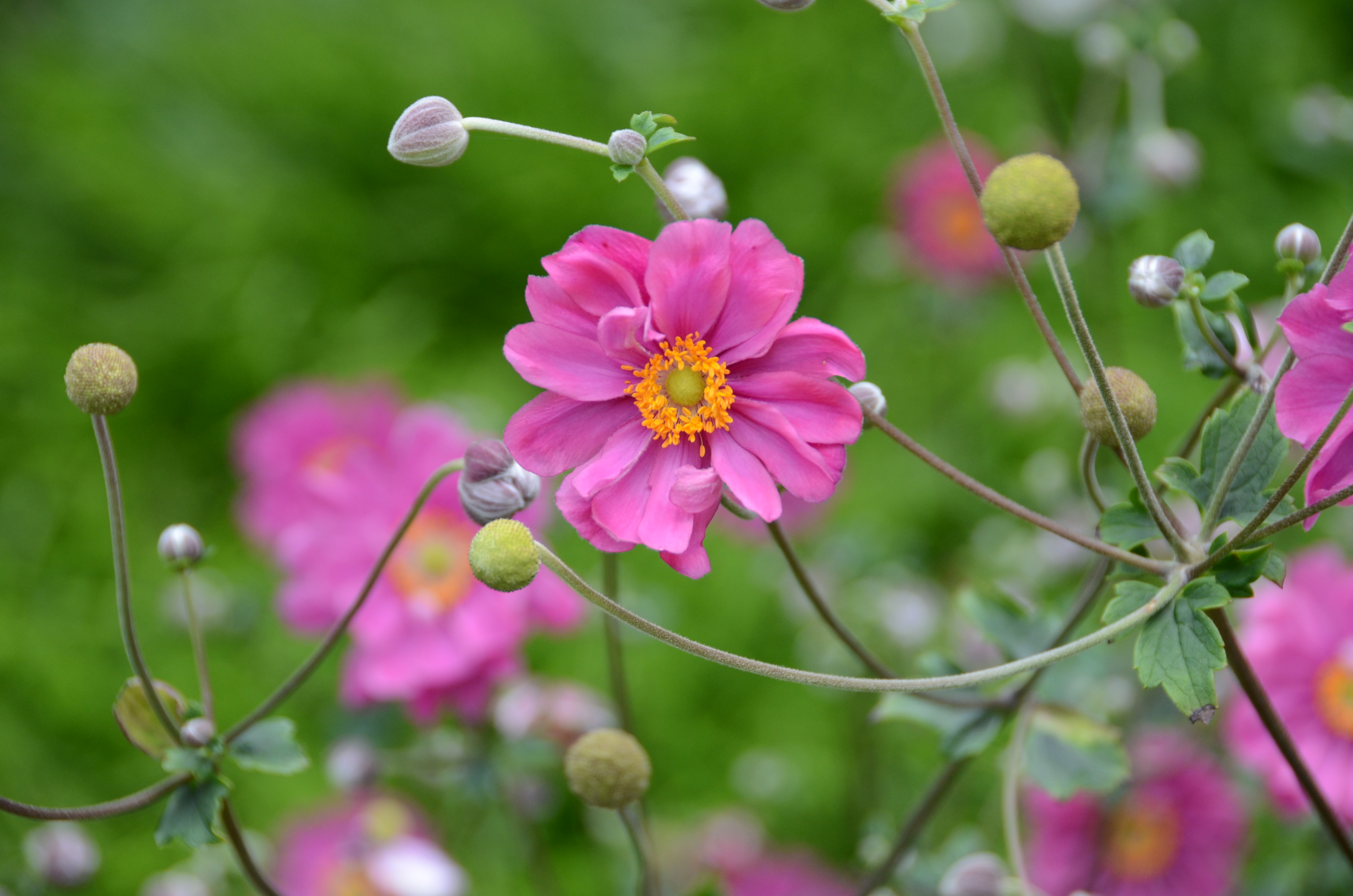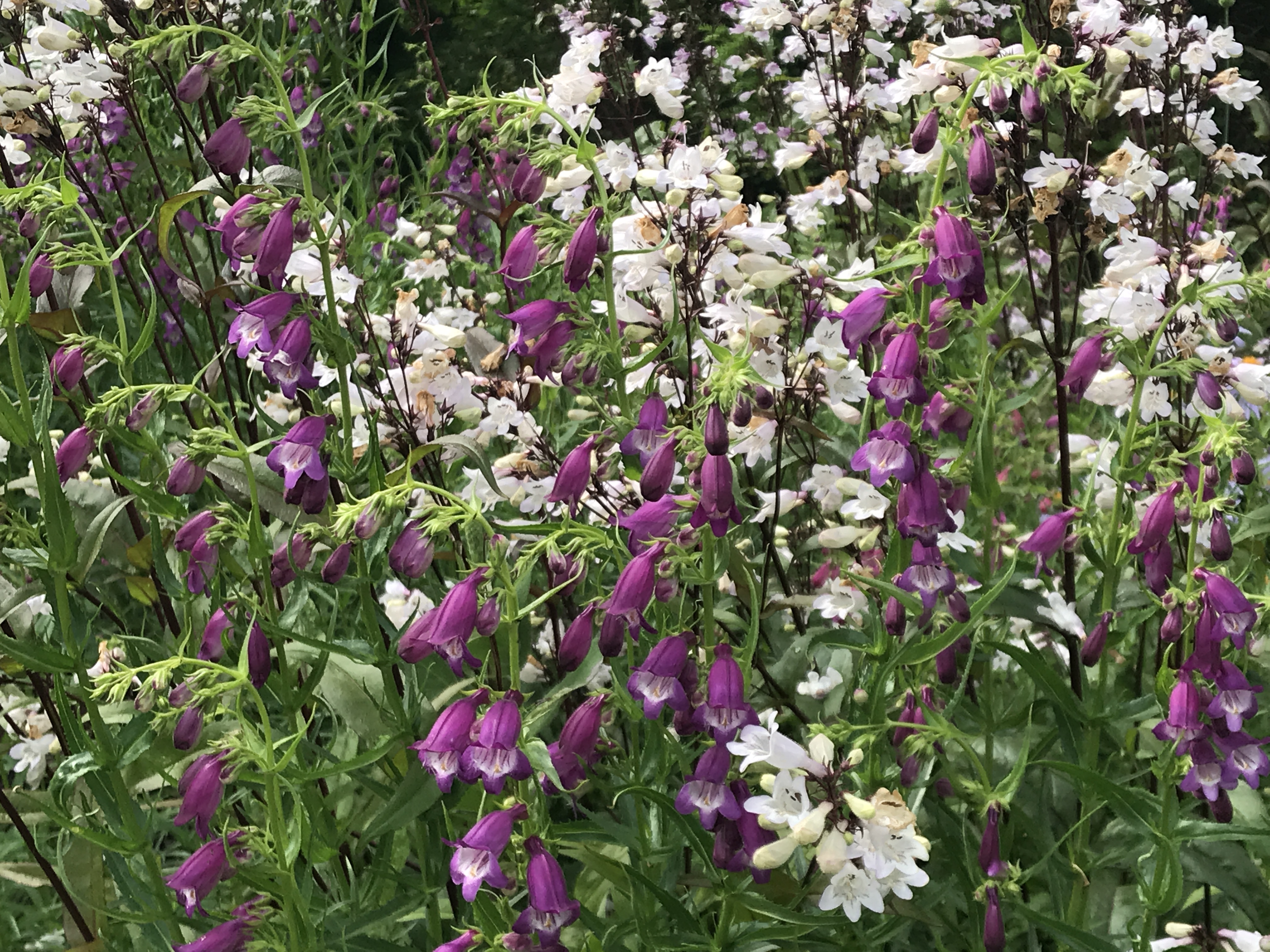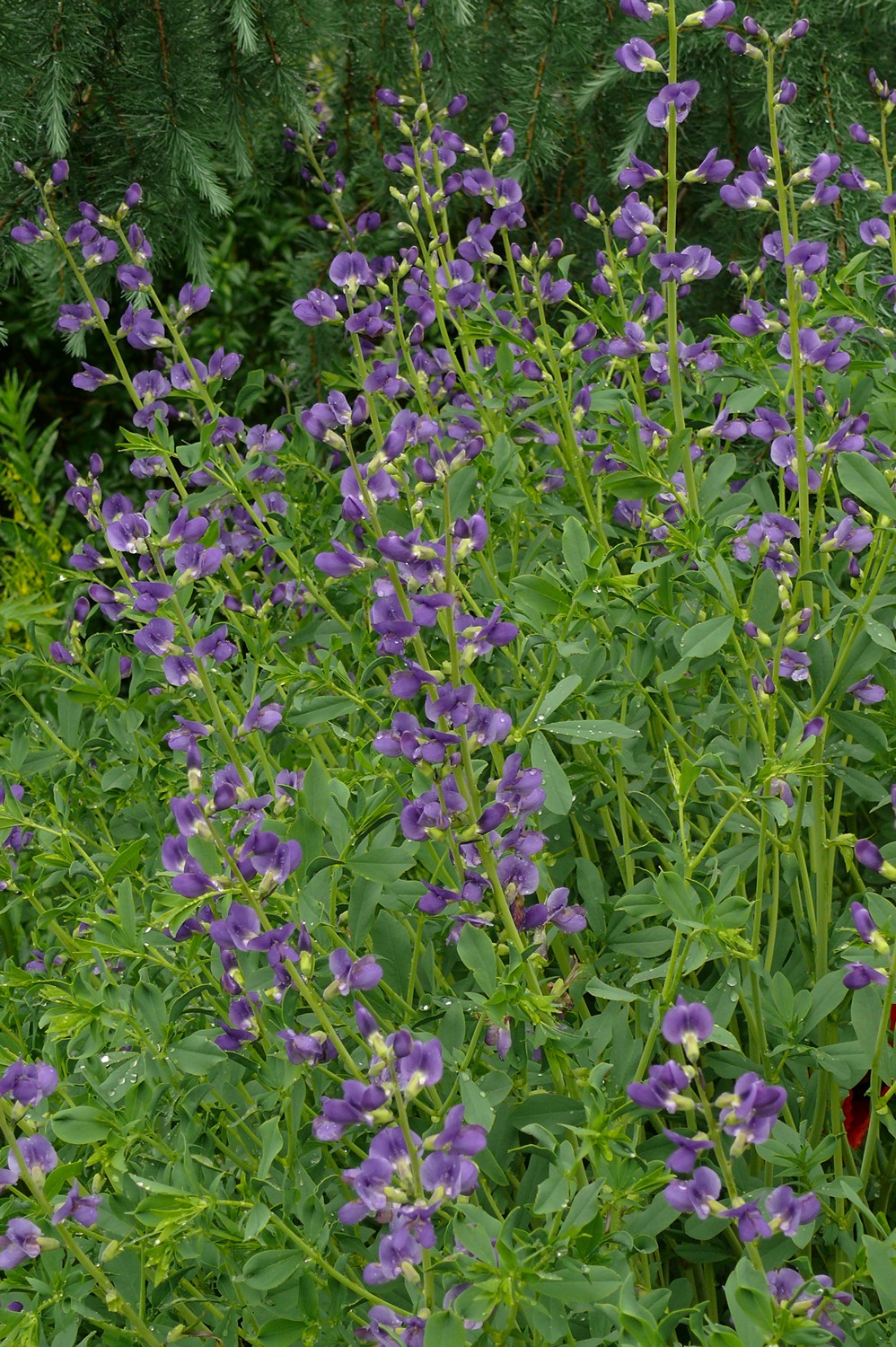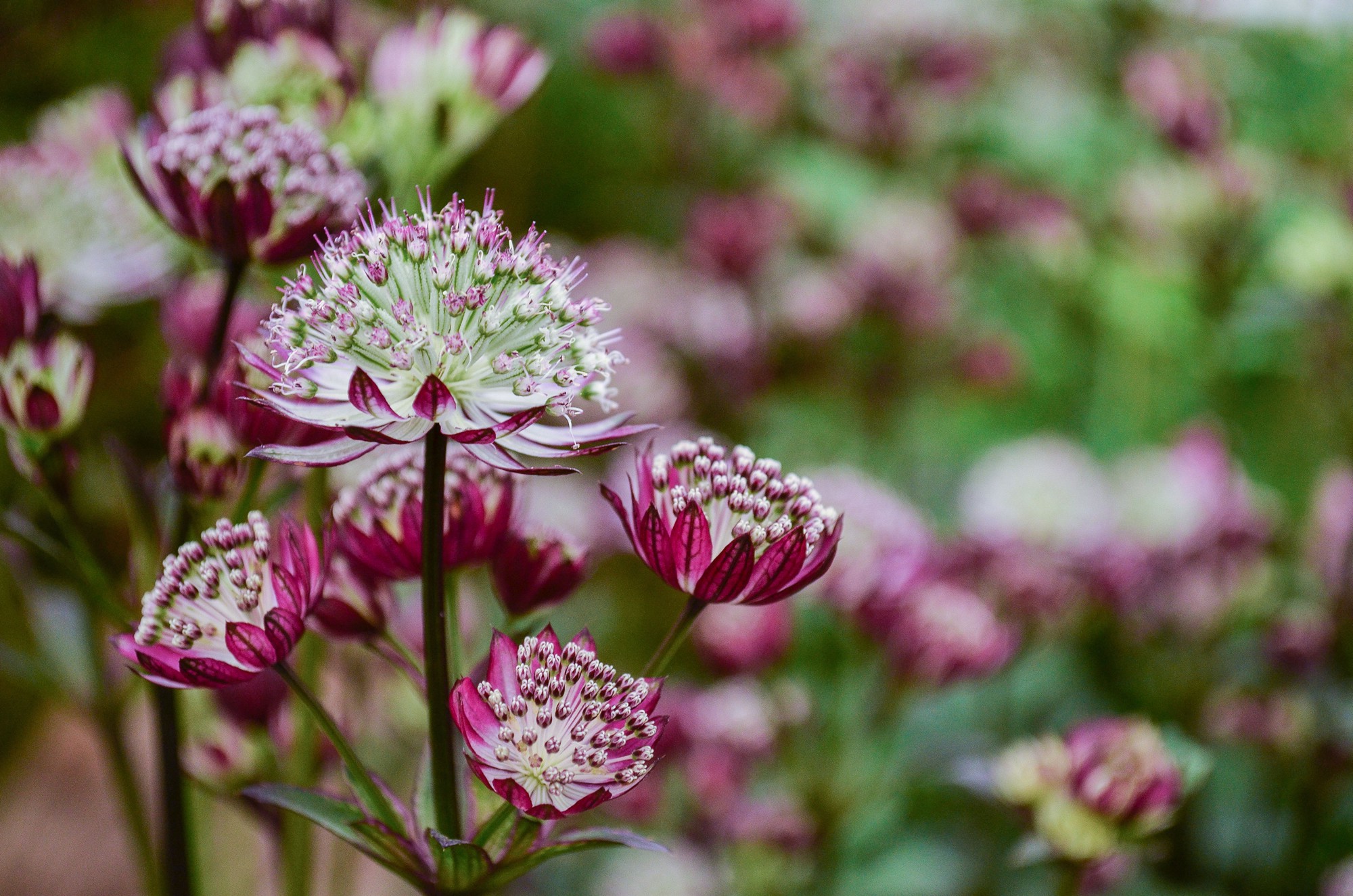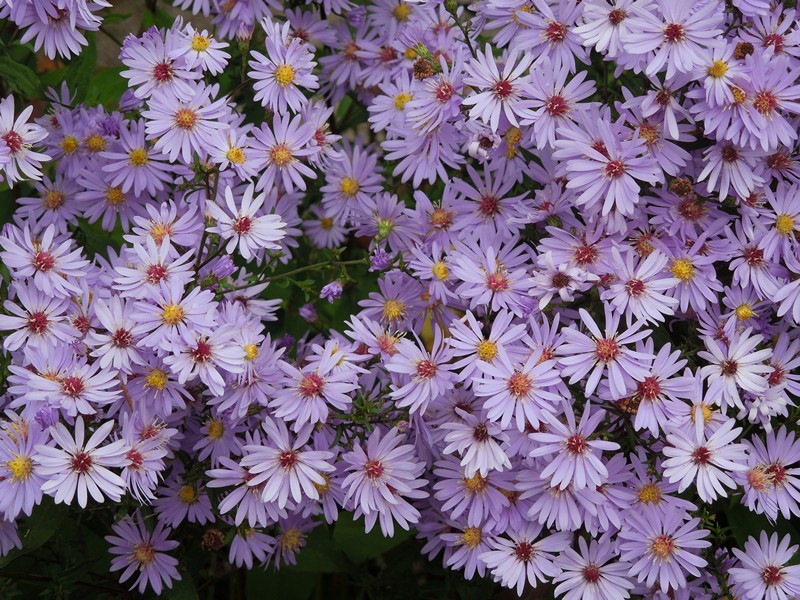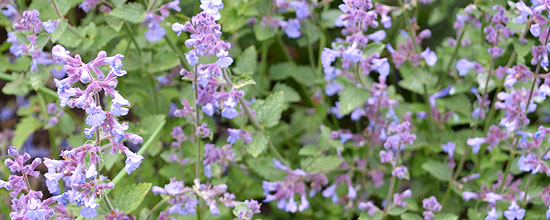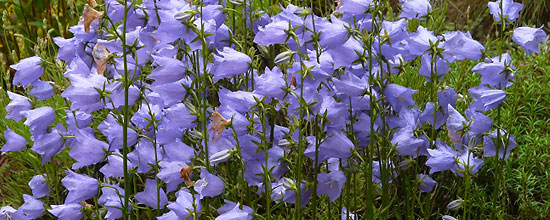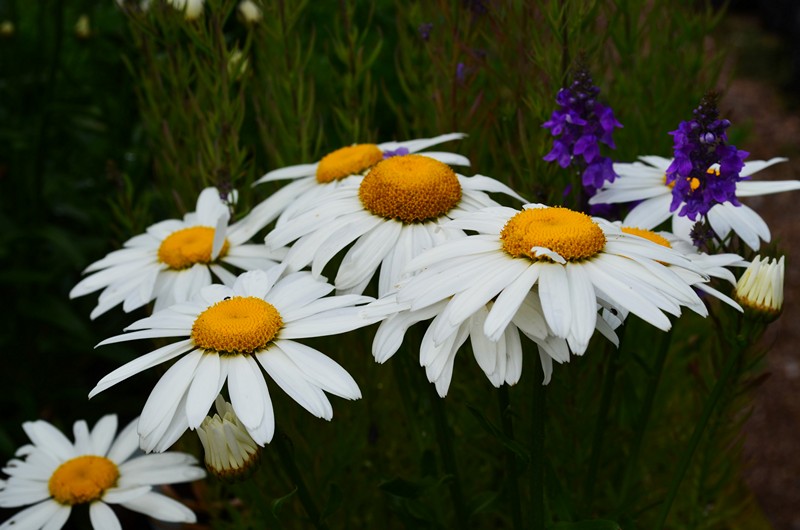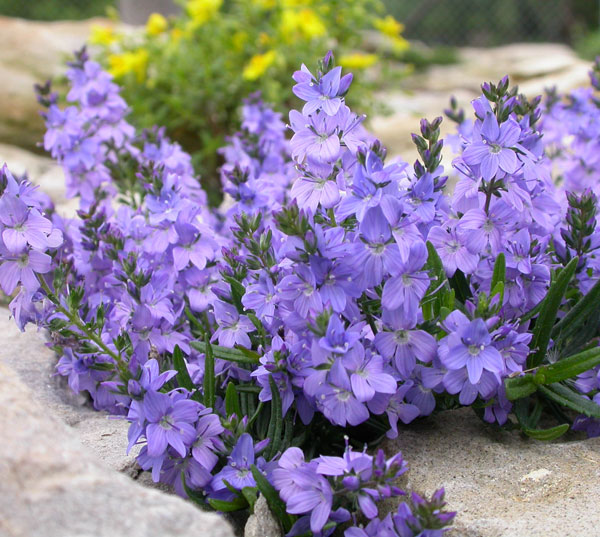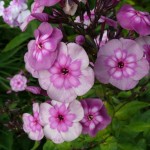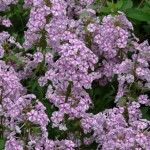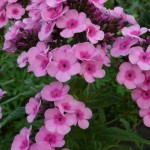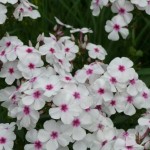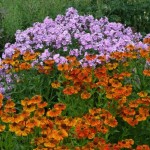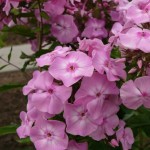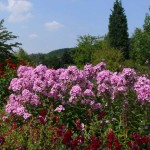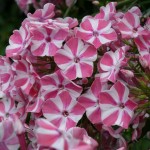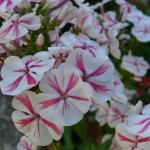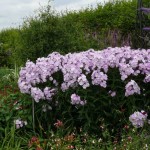As the summer starts full jet, once in the evening to meet with unusual scents. Is known, Of course, the familiar and memorable. Yet we annually from its rediscovery usually excited. Prevents magical inflorescence tall phlox, coasters whose first buds at this time suddenly develop. Spring grateful forerunners traditional clematis are naturally low rockery types, the pillows adorn many a rock garden. But today will be talking purely and simply about those higher, summer. One hundred years ago they were very popular and expert sources speak up about eight hundred different varieties, incurred in many countries. Although several species of the genus phlox, which are composed of cultivars today, It is native to North America, Europe swept early on 18. century, when he was Phlox paniculata imported from Virginia. In France and England they were very soon no longer be offered in selected forms and their flowers quickly found their way into gardens. Systematic breeding then begins from mid 19. century and light news fro especially in Germany and England in connection with introductions colored forms and related species, who were willing to cross. Plants traveled mansions and gardens across Europe and from the turn of the century were already in the color varieties on display in the Czech lands rather lavishly. In the interwar period they were then among one of the most popular perennials ever, They were offered in dozens of varieties, each kindergarten and largest producers prided whole field phlox. Today's cultivars wealth rather limited availability. Phlox, however, continue to be bred in the USA, Netherlands, Russia and other countries.
- Phlox paniculata 'Aida'
- Phlox paniculata 'All in One'
- Phlox paniculata 'Blauer Morgen'
- Phlox paniculata 'Magic Blue'
- Phlox paniculata 'Pastorale'
What is a phlox plant?
For the entire family phlox You can between high garden phlox only include several species. Still they have created a time range of exceptional varietal diversity. The spectrum of colors, heights, Habitat and flowering time is thoroughly varied and so is the traditional perennials. In the gardens so we meet especially various forms Phlox paniculata, less so Phlox maculata, amplifolia whose carolina. There are also early hybrids with lower type Phlox divaricata, known as P. × arendsii. Other smaller species are introduced gradually from nature and incorporated in their breeding for some useful features. It is especially resistance to powdery, less bushy habit and tolerance to shade. This offer varieties of phlox obviously increased, but rather complicates the correct choice for the right location. Generally, clematis have the color white, pink, lila, purple to bluish. It blooms from June to September according to the variety and range in height from about 40 cm to 150 cm at the burly, wild and well-nourished individuals. The main problem is usually powdery mildew and black leaf. In most cases, the incidence of such diseases associated with poor site selection, inadequate treatment and neglected nutrition. Mention must also be infectious ambient pressure and the treatment of vegetation Starin.
- Phlox maculata 'Natascha'
- Phlox × arendsii ‘Babyface’
- Phlox paniculata ‘Blue Paradise’
- Phlox 'Čurjenis'
- Phlox paniculata 'Fliederenzian'
- Phlox paniculata 'Graf Zeppelin'
- Phlox paniculata 'Kirmesländler'
- Phlox paniculata 'Lichtspiel'
- Phlox paniculata 'Lila Miniatur'
- Phlox paniculata 'Little Princess'
Where are doing floxům?
This State tufted perennial you can well take root and cope with many unwelcoming place. Generally, it is a medium to long-lived. Especially in mountain gardens find phlox decades old in the stands unprecedented averages. It should be noted, that at medium altitudes plants do not suffer from sunburn and higher humidity they generally thrive. Our long grown experience shows, it is especially important to avoid the so-called. "Podpaření" in flower, when the plant will overheat on hot days, falls,, lose lower leaves clump and the rest of the mildew spores easily open to input. Good advice as the hanging lower Peren and placement on the west or east side, where there is enough light for flowering, but it excluded the midday heat stroke. It is also interesting combination with high grass or other solitary Peren or shrub from the south side. Spring phlox direct sunlight in the summer and do not mind a chance to relax from the midday heat. Significantly he prolongs flowering and improves health. Plamenka one with Mala peren, for which permits removal of old grass before winter and when it was heavily attacked by mildew. Then it is good to burn and put a bundle of brushwood plain clump of beech leaves. In such a tufted perennial takes time, Before taking up. Ale stands to this. It works great in a planter with potting předsadbou krásnooček, oregano or lower shunt and blooms in summer with daylily or třapatkovkami. In autumn, the first encounter with asters. Especially if well fed.
- Phlox paniculata 'Frank Schubert' a Helenium 'Waltraut'
- Phlox paniculata 'Miss Olga'
- Phlox paniculata 'Miss Pepper'
- Phlox paniculata 'Freudenfeuer'
- Phlox paniculata 'Prospero'
- Phlox paniculata 'Radosť'
- Phlox paniculata 'Rayonant'
- Phlox paniculata 'Swerings Flage'
- Phlox paniculata 'Twister'
- Phlox paniculata 'Violetta Gloriosa'





